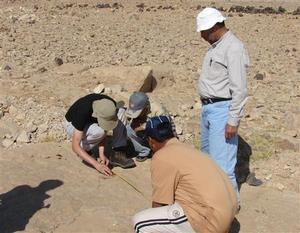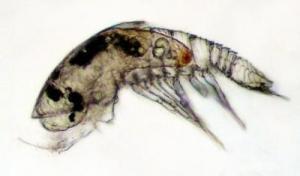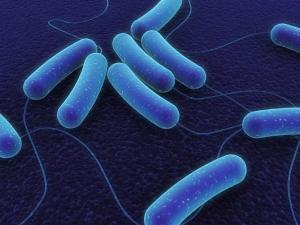LONDON - Scientists have discovered the tracks of a herd of 11 long-necked sauropods walking along a coastal mudflat in what is now the Republic of Yemen, the first discovery of dinosaur footprints on the Arabian peninsula.
Sauropods, the largest land animals in earth's history, walked on four stout legs and ate plants.

|
| ©REUTERS/Nancy Stevens/Handout
|
| Researchers at the site of a newly-discovered sauropod in the Republic of Yemen in an undated photo. Scientists have discovered the tracks of a herd of 11 long-necked sauropods walking along a coastal mudflat in what is now the Republic of Yemen, the first discovery of dinosaur footprints on the Arabian peninsula.
|
"The nice thing is we finally filled in a bit of a blank spot in the dinosaur map," said Anne Schulp, a palaeontologist at the University of Maastricht in the Netherlands, who worked on the study.


Comment: And again we see that last little twist pushing the Anthropogenic Global Warming agenda.